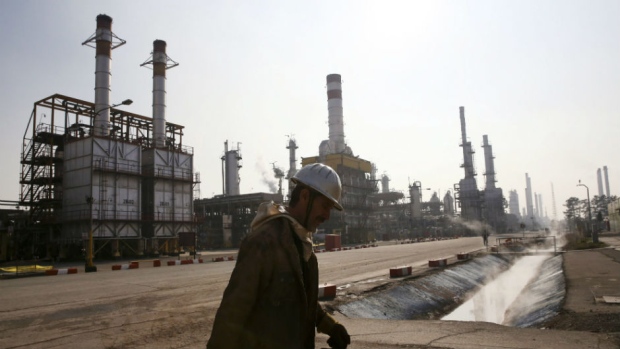Aug 29, 2016
Oil falls towards US$49 on high output, strong dollar
, Reuters

Oil prices settled down more than 1 per cent on Monday, snapping two consecutive days of gains, on caution over galloping Middle East crude output and a firmer dollar boosted by speculation of a U.S. rate hike by year-end.
A pledge by Nigerian rebels to end hostilities against their oil industry also appeared to pave the way for more crude exports from Africa's No. 1 producer, which experienced numerous pipeline blow-ups and other disruptions to output earlier this year.
Key Middle East oil producer Iraq, which has exported more crude from its southern ports in August, will continue ramping up output, its oil minister said on Saturday. The world's top crude exporter Saudi Arabia has kept output at around record levels this month.
The dollar hit a three-week high against the yen after Federal Reserve Chair Janet Yellen bolstered expectations in a speech on Friday that the central bank would raise interest rates soon. A stronger dollar makes commodities denominated in the greenback less affordable for holders of other currencies.
The focus on production and the strengthening dollar offset data from energy monitoring service Genscape showing a drawdown of 287,444 barrels at the Cushing, Oklahoma delivery point for U.S. crude futures during the week ended Aug. 26, traders who saw the Genscape report said.
Brent crude settled down 66 cents, or 1.3 per cent, at $49.26 a barrel.
U.S. West Texas Intermediate (WTI) crude also finished down 66 cents, or 1.4 per cent, at $46.98.
Oil rallied with few stops from early August until mid-last week after hints by Saudi Arabia and fellow members of the Organization of the Petroleum Exporting Countries that they might agree to an output freeze with non-OPEC oil producers at a meeting in Algeria on Sept. 26-28.
Even so, some analysts cautioned investors against taking an outright short position on oil.
"While a price decline into the US$45-46 zone is certainly possible, such a price down move would likely elicit even more OPEC hype that could temper or preclude further downside price follow through," said Jim Ritterbusch of Chicago-based oil markets consultancy Ritterbusch & Associates.
"So, while we see high probability of some 80 to 90 per cent of a return to US$39 WTI, we also feel that achievement of this objective could still be some four to five weeks away".
Despite a rebound this year, oil trades at less than half of mid-2014 peaks above $100 due to glut fears. Ryan Lance, chief executive of U.S. oil company ConocoPhillips (COP.N), told an industry conference in Norway the oversupply could extend into 2017.



